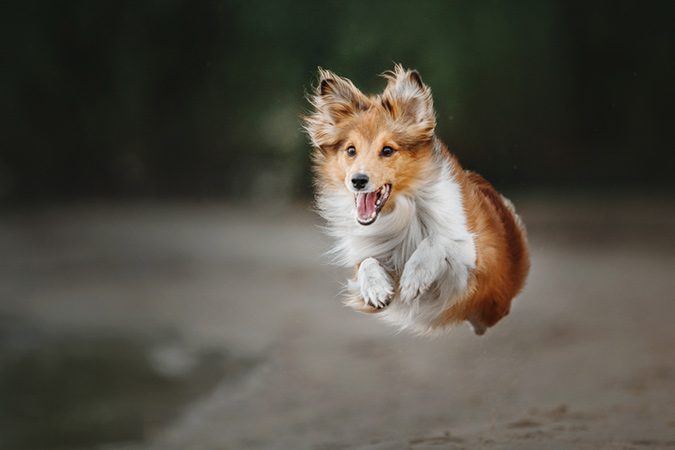Have you ever tried using the continuous shooting function on your camera? If not, we highly recommend you explore it a bit. Once you get used to working in this unique mode, continuous shooting can offer you some great results that you’d most likely have a hard time achieving otherwise. And if you don’t have a DSLR, don’t worry. This is actually a feature you’re likely to find on your point and shoot camera as well. And if you’re not really comfortable experimenting with the modes and functions on your camera at all, consider checking out our online digital photography course. This beginner digital photography course is meant to help you master your digital camera. You’ll learn to navigate all its basic functions so you can begin to shoot in manual mode, capturing higher-quality images of the people and places around you.
Getting started for today, if you check out your camera’s specific capabilities you’ll see how many frames per second it is able to capture. For example, if your device captures 3 per second (most capture even more), you can create a 6-shot photo series simply by holding the shutter for a quick 2 second duration if you activate continuous shooting. This is a super effective tool to use when you’re trying to capture a quick series of events in an action that might be quick.
For example, let’s say you’re photographing a proposal moment for the groom to be and he wants some good shots of the bride putting her engagement ring on for the first time. If you use continuous shooting mode, you’ll likely gather a really special group of expressions and moments that you’d otherwise miss if you were taking the time to pick and choose when to click the shutter. Shots like these often look great displayed together in a special frame made for displaying a series.
For the most part, we recommend experimenting with continuous shooting mode whenever you’re capturing some type of movement (consider the bride to be reacting to her ring, then putting it on for example). If you’re photographing a baseball game, using this mode during the swing of a bat or the wind-up of a pitch might also be useful. When you try to instead click the shutter during these motion-shots and hope for the best, you might be disappointed if, for example, you happen to catch the pitcher with his eyes closed or the bride to be with an unflattering frown on her face.
With the concept of facial expressions in mind, it might also be helpful to experiment with continuous shooting mode if you’re taking some portrait shots for stiff, nervous clients. Often times, posed clients make more unnatural, awkward facial expressions right when they think the photographer is clicking the shutter, and will actually relax a bit and look better in the few quick seconds after. Luckily, if you’re shooting continuously in this mode, you’ll capture those moments as well!
It can take a bit of practice to use continuous shooting mode in order to capture all the action and expression you’re looking for without taking way too many shots. Simply experiment with some test shoots to get used to a routine you’re comfortable with, then give it a try on your next serious shoot.







